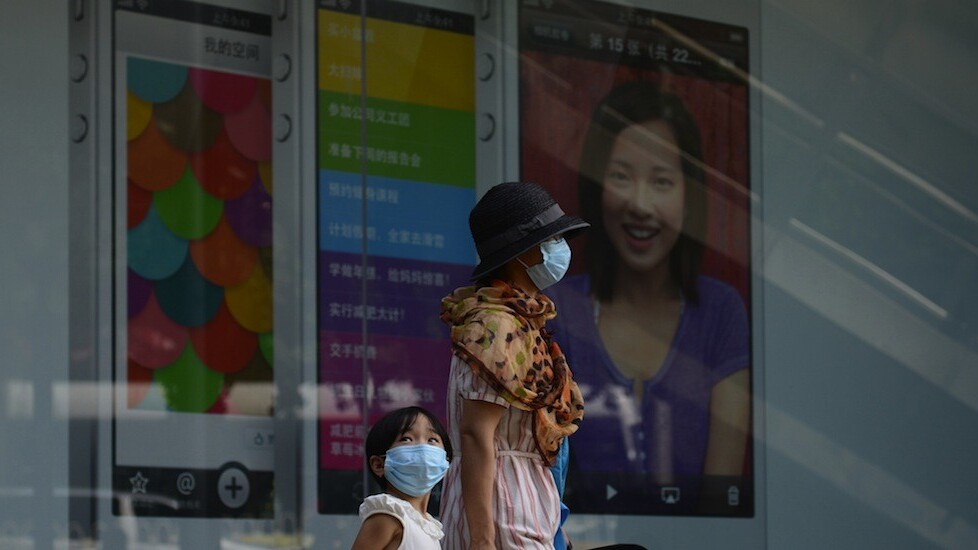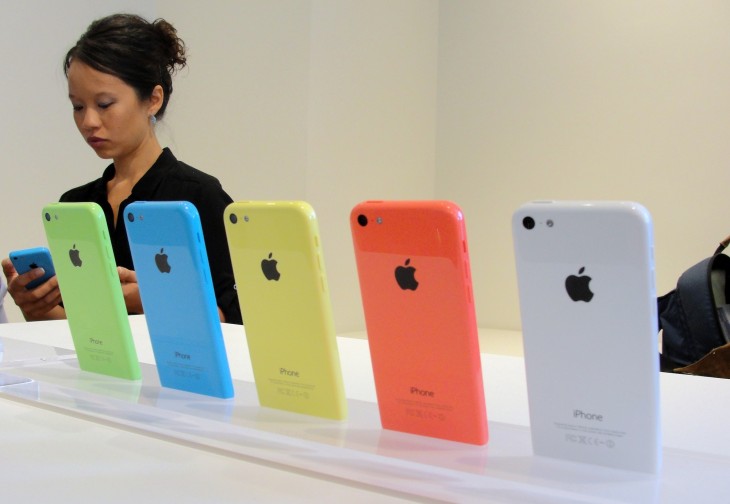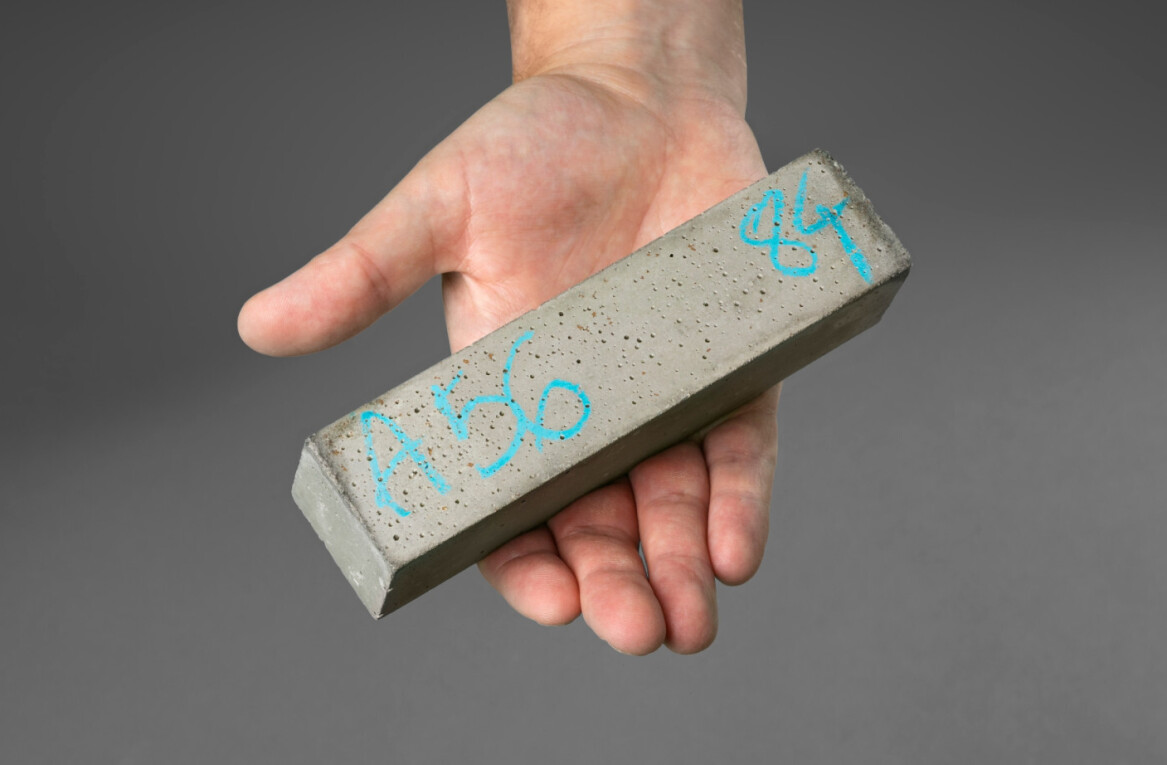
There has been a lot of outcry and disappointment regarding Apple’s unveiling of the lower-cost iPhone 5c — largely because it’s cheaper, but not cheap.
In China, the iPhone 5c will retail for CNY4488 ($733) — more than twice the amount of local player Xiaomi’s recently-announced Mi-3 flagship phone which will go on sale for CNY1,999 ($327). The iPhone 5c is also only a tad cheaper than the iPhone 5s, which will sell for CNY5288 ($864) in China.
Furthermore, the iPhone 5c in China is significantly more than the $549 off-contract price in the US — though the Chinese price already includes tax, but that still represents a mark-up of 33 percent.
On Chinese Twitter-like microblogging platform Sina Weibo, a search for “Apple” shows that netizens are extremely displeased. Some criticize the iPhone 5c for being the most-expensive “cheap” smartphone ever, while others lash out at Apple’s lack of creativity. One particular netizen @dealmoon even compared the colors that Apple has released to Crocs. Yes, those ugly shoes.
iPhone 5c stands for Color, or Choice
Despite criticism from armchair pundits, Apple — as a company that has been in this industry for years — has clearly done its research (and then some) before setting the price of the iPhone 5c in China.
Yet, as a report by Counterpoint Research notes, Apple is opting out of entering the long-tailed but potentially lucrative mid- and low-end markets:
Our Market Outlook service estimates that sub-US$300 smartphone price bands will contribute to more than two-thirds of the smartphone volumes globally in 2013. This is the segment which Apple is bravely ignoring and will be almost absent for some time now.
It is therefore obvious that Apple is more concerned about margins and profitability than market share, and side-stepping mass appeal, which is another reason the iPhone 5c is still high-end.
Up till now, Apple has not revealed what the ‘c’ in iPhone 5c stands for — it seems pretty clear that it means ‘color’, but it also rather appropriately denotes greater ‘choice’.
The description for the iPhone 5c on Apple’s official website says this:
Color is more than just a hue. It expresses a feeling. Makes a statement. Declares an allegiance. Color reveals your personality. iPhone 5c, in five anything-but-shy colors, does just that. It’s not just for lovers of color. It’s for the colorful.
This is because the iPhone 5c essentially gives consumers that: just another choice on top of Apple’s usual flagship devices that it releases every year, and in an array of colors — as it seeks to solve the problem of a lack of options among its handsets. Yes, that is the problem it is trying to address, instead of attempting to ramp up its sales figures in China by moving into the low-cost market.
Apple typically only launches a new flagship device every year, which means consumers get only one choice per year.
By releasing the iPhone 5c, Apple is simply doling out more options in the higher-end smartphone market and giving a reason to those who can afford an iPhone — but may be bored with the typical color choices — a reason to purchase its devices.
The iPhone 5c will come with a polycarbonate shell and the option of a green, white, blue, pink, or yellow “soft-feel” silicon rubber surround, but in terms of specs it matches up to the iPhone 5. This means there is essentially no reason for Apple to substantially lower the cost of its handsets — if it still insists on maintaining around the same level of quality.
Apple is content to stay in the high-end market
China’s mobile market — the world’s largest smartphone market — is one that is currently dominated by lower-priced Android smartphones. And Apple knows that.
It is almost certainly because of this that Apple is content to only occupy a spot in the premium market — instead of jostling with the huge bunch of international and local vendors vying for customers by cutting prices.
Furthermore, market share does not necessarily mean success — as in the case of Samsung, which has warned that growth in its mobile business will slow due to the onset of more competition, even despite many analyst firms pegging the Korean firm as consistently having the greatest market share in smartphones.
By insisting on keeping its smartphones priced above a certain level, Apple knows it appeals to those who care less about price and more about quality and exclusivity — just like how branded goods are highly sought after by the Chinese who can afford them.
Even though China Unicom and China Telecom have offered full subsidies for the iPhone in the past, they have done so for monthly plans that are financially beyond what most Chinese consumers can afford — and this is further proof of how the iPhone only caters to a certain target audience.
Market share matters less than profit
In its most recent fiscal quarter, Apple revealed that revenue in the Greater China region was down a surprising 43 percent sequentially and 14 percent year-on-year. CEO Tim Cook noted on an earnings call that Hong Kong had contributed to the drag, as sell-through in mainland China was up 5 percent year-on-year after accounting for inventory changes.
However, the profit figure for the region was not revealed — and this could be where Apple is scoring versus its competitors (instead of market share): by earning much more from each handset although it does not sell as many units.
For example, even though local vendor Xiaomi moved ahead of Apple based on smartphone shipments in Q2 2013, according to figures from Canalys, the Chinese company only recently turned profitable for the first time after releasing its first device in 2011.
As a mark of Apple’s confidence in the Chinese market, Cook has predicted that China will eventually become Apple’s largest market and have more than 25 retail stores. It currently operates eight stores in four cities on the mainland.
Furthermore, even the anger being expressed by Chinese netizens is probably a good sign for Apple — it shows that people in China still care, and want its products badly enough to be affected by the fact that their budgets will not allow for the iPhone 5c.
It’s important that Apple takes criticism of design more seriously than the anger expressed over its prices for the latest release of its iPhone 5c. As the company seeks to offer more choices for its flagship devices, it should insist on upkeeping a certain high-end image (if it wants to go that route), instead of cheapening the look of its handsets.
Headline Image Credit: Wang Zhao via AFP/Getty Images, other images via Getty Images
Get the TNW newsletter
Get the most important tech news in your inbox each week.







